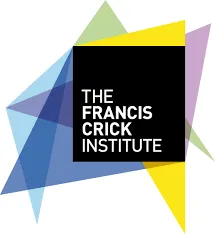Biotechnology harnesses biological processes in the development of new technologies and products.
_______________________________________________________________________________
We aim to address key challenges around the behaviour of biomolecules at interfaces with synthetic materials in order to solve societal challenges.
Our researchers are developing bio-inspired chemical systems to creating new molecules for applications across multiple, critical technologies, including for super-charged biocatalysts that can breakdown plastics or quantify pollutants.
Our Partners
Contact us
If you have any questions or would like to inquire about working with us please get in touch.
You can also follow us on Twitter: @KCLchemistry

